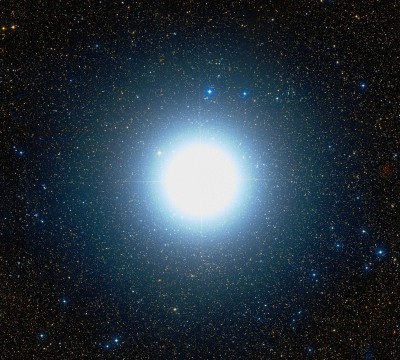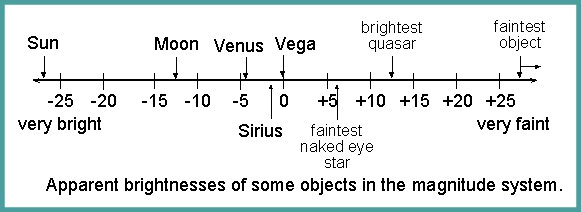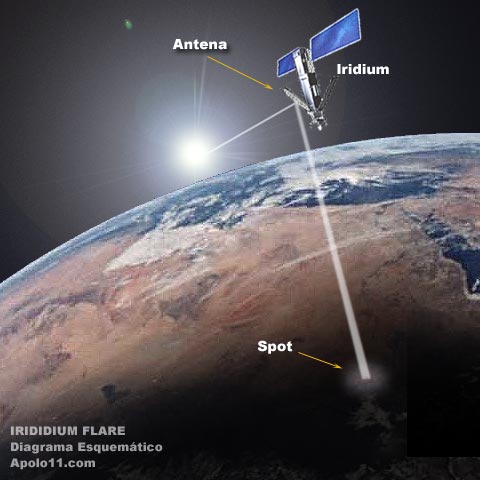
21 Oct Stellar magnitude
Stellar magnitude

The brightnesses of stars and other astronomical bodies are measured on the magnitude scale. For historical reasons the fainter the star the higher the magnitude assigned to it. The faintest object we can see with the naked eye has a magnitude of 6. The faintest object which SALT can see has a magnitude of 23. This is particularly impressive since magnitude is based on a logarithmic scale. The magnitude difference of 5 units means that the amount of light received actually differs by a factor of 100. The difference in sensitivity between the naked eye (mag 6) and SALT (mag 23) is 17 units, which means that SALT is able to see objects more than 6 million times fainter than humans can see.
Other than the moon which has a magnitude of -12.6 the brightest objects in the night sky are iridium flares. These are bright flashes lasting a few seconds caused by satellites which are orbiting earth. It can be predicted when they will be visible at ones geographical location, and at what time the sun will strike their reflective panels, which creates a bright flash, or flare. The heavens-above.com website is a great source for checking out when these flares will occur. You will see there’s a column with numbers denoting the brightness of the flares. Magnitudes can also be negative and in fact, the more negative they are, the more impressive they will be 🙂


